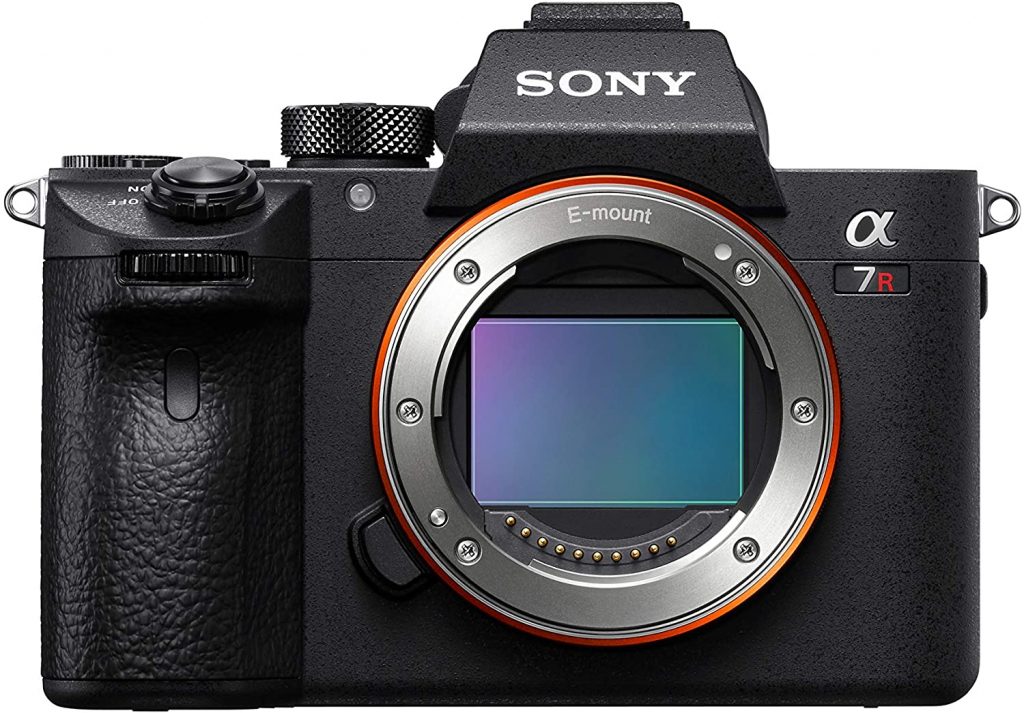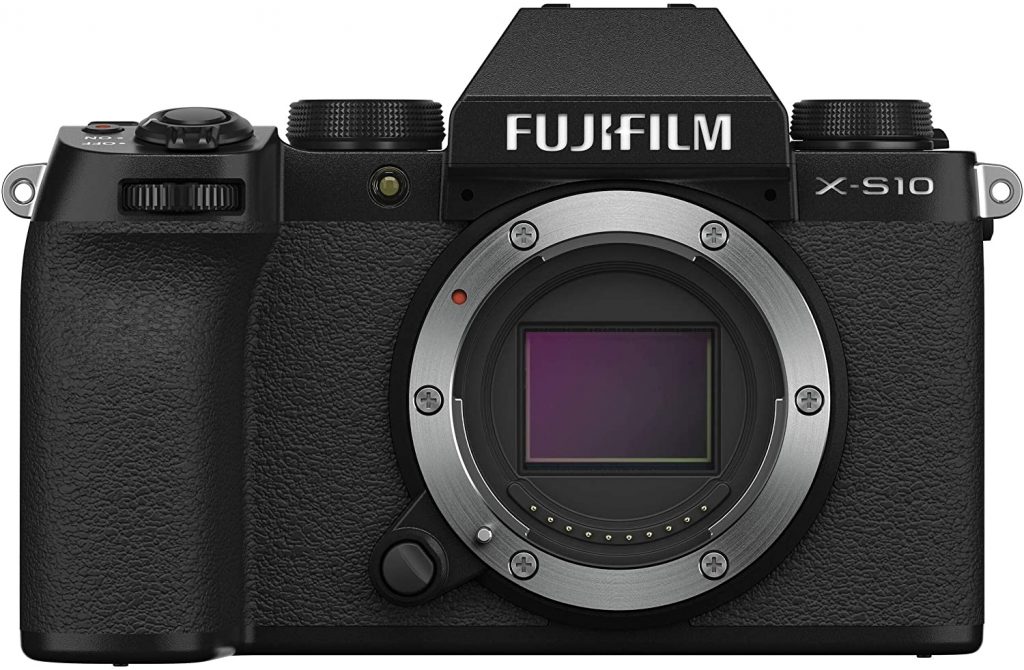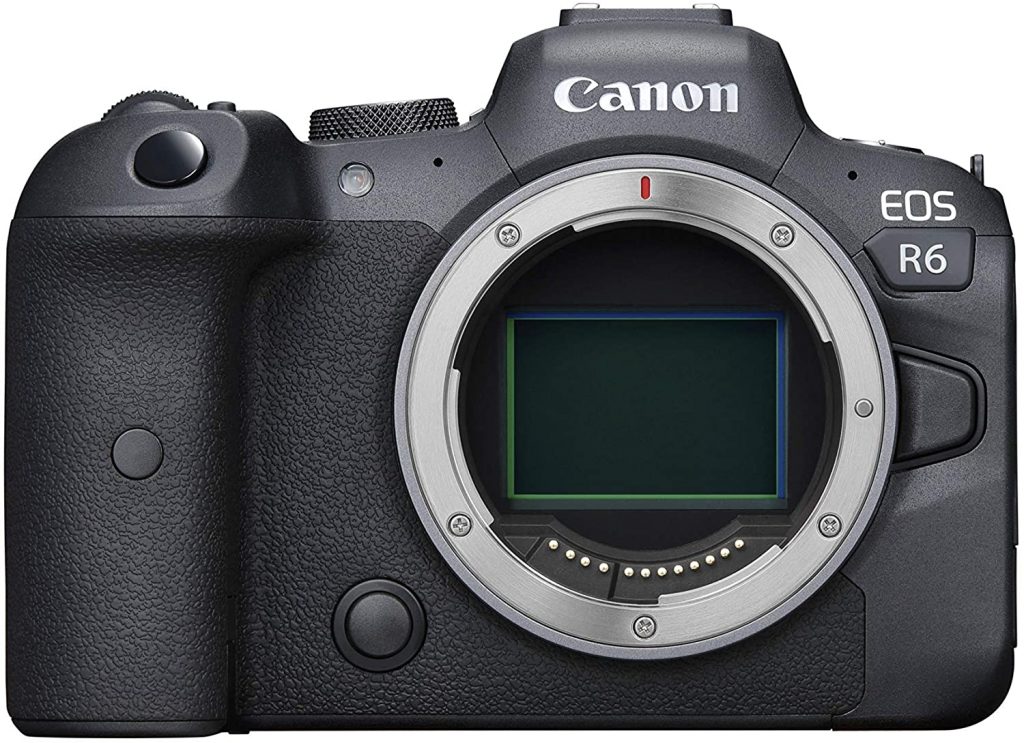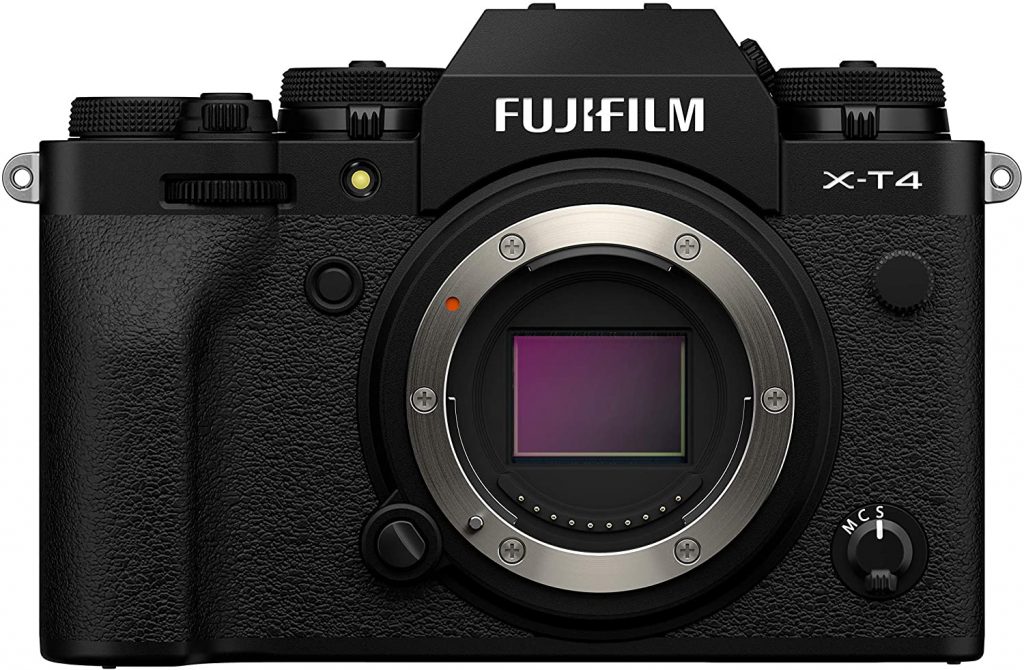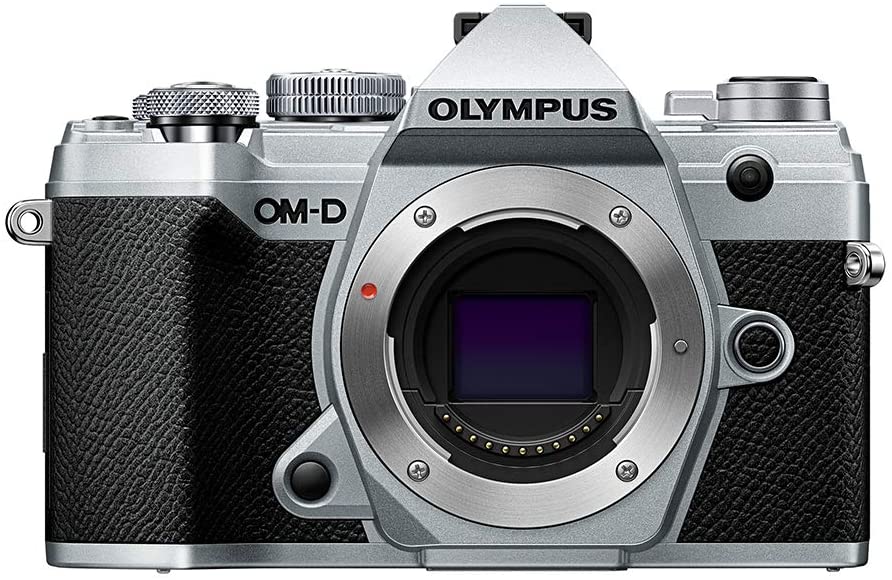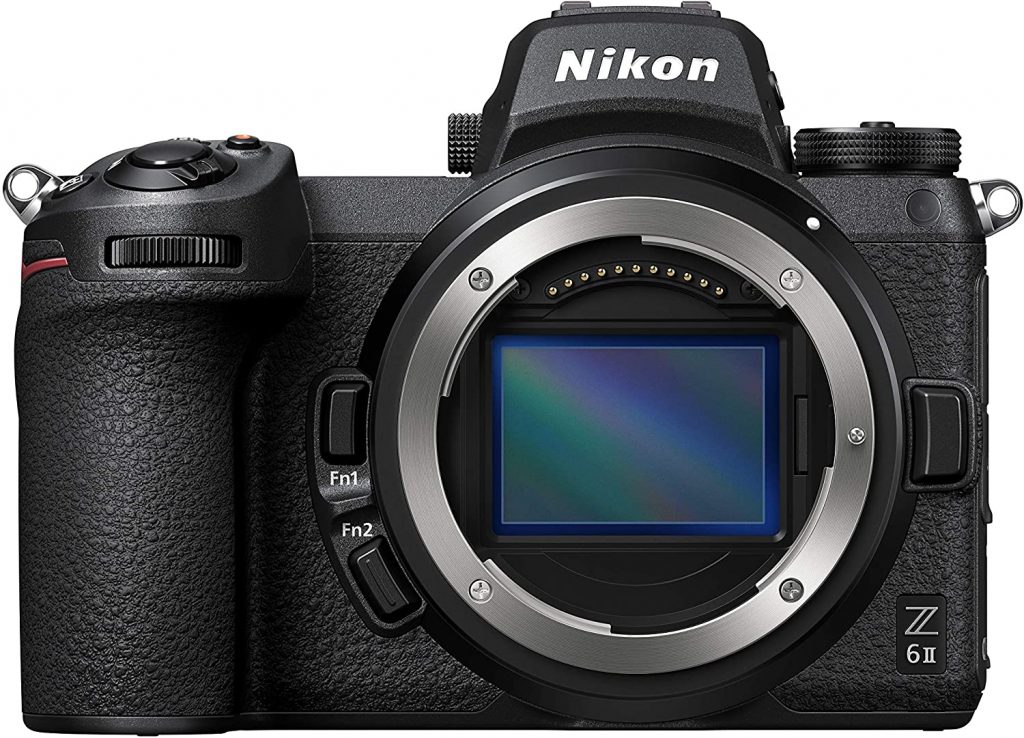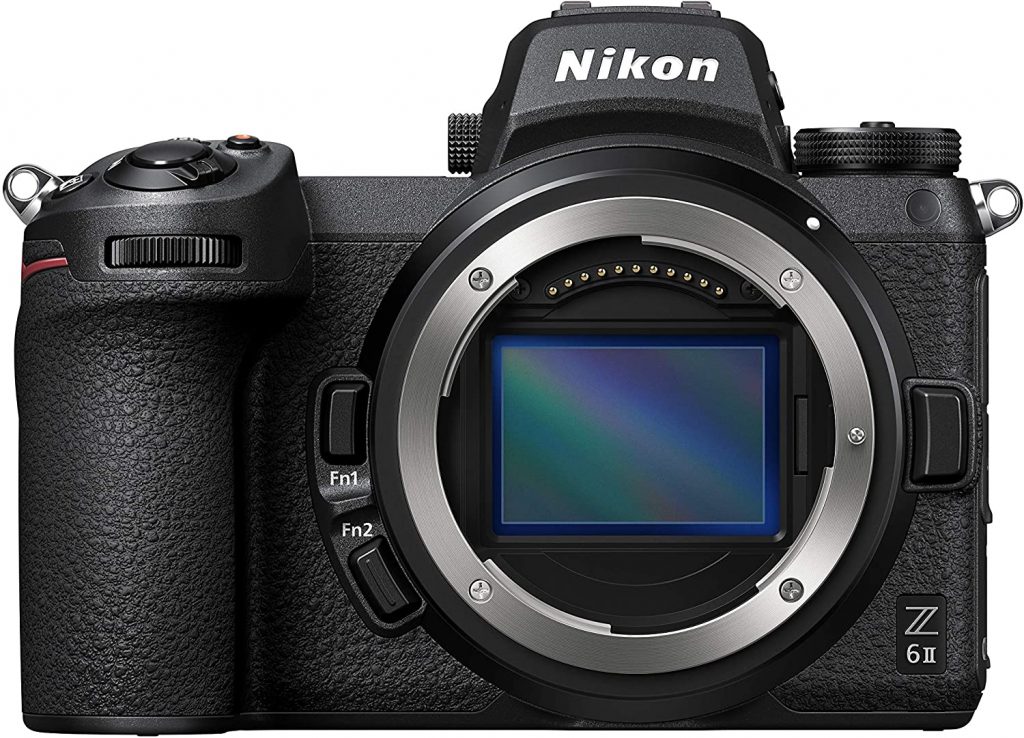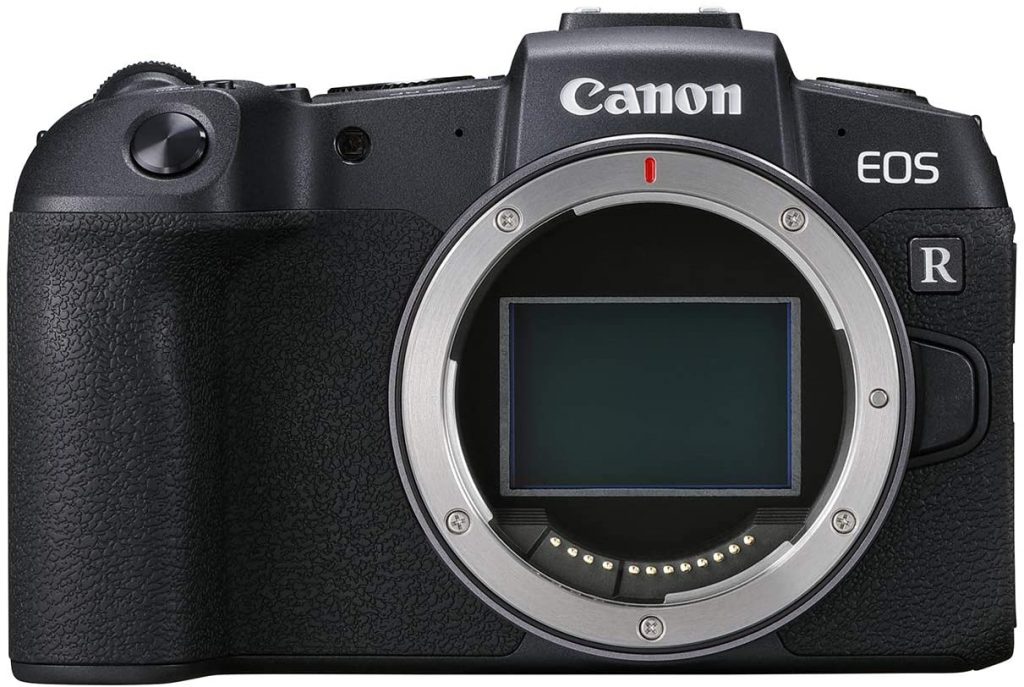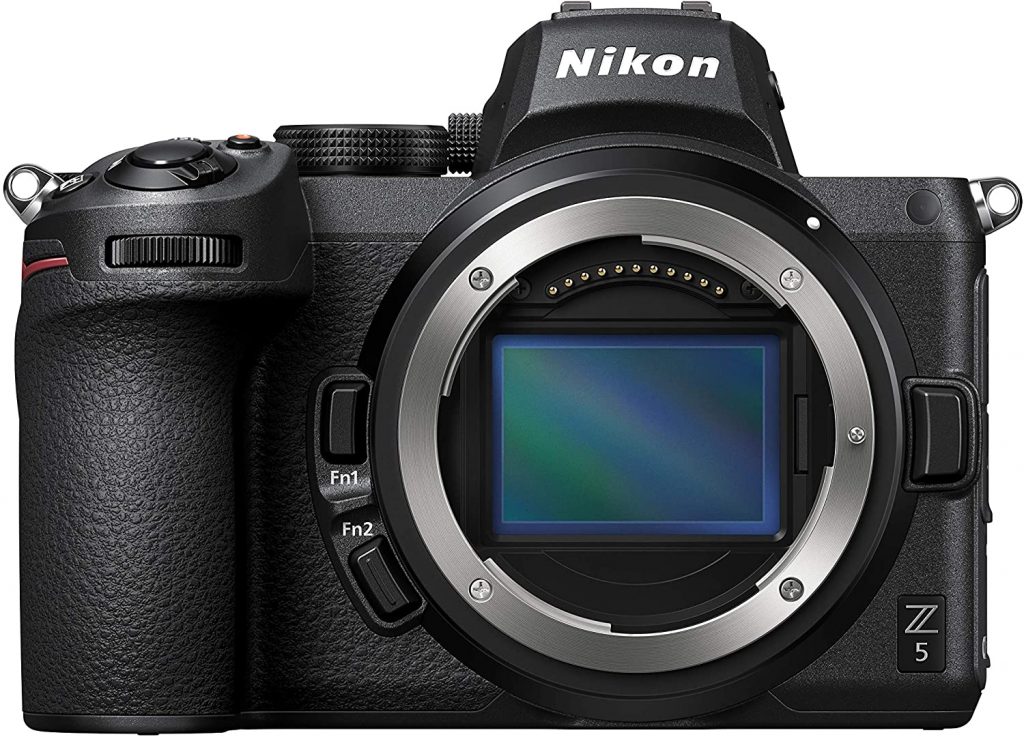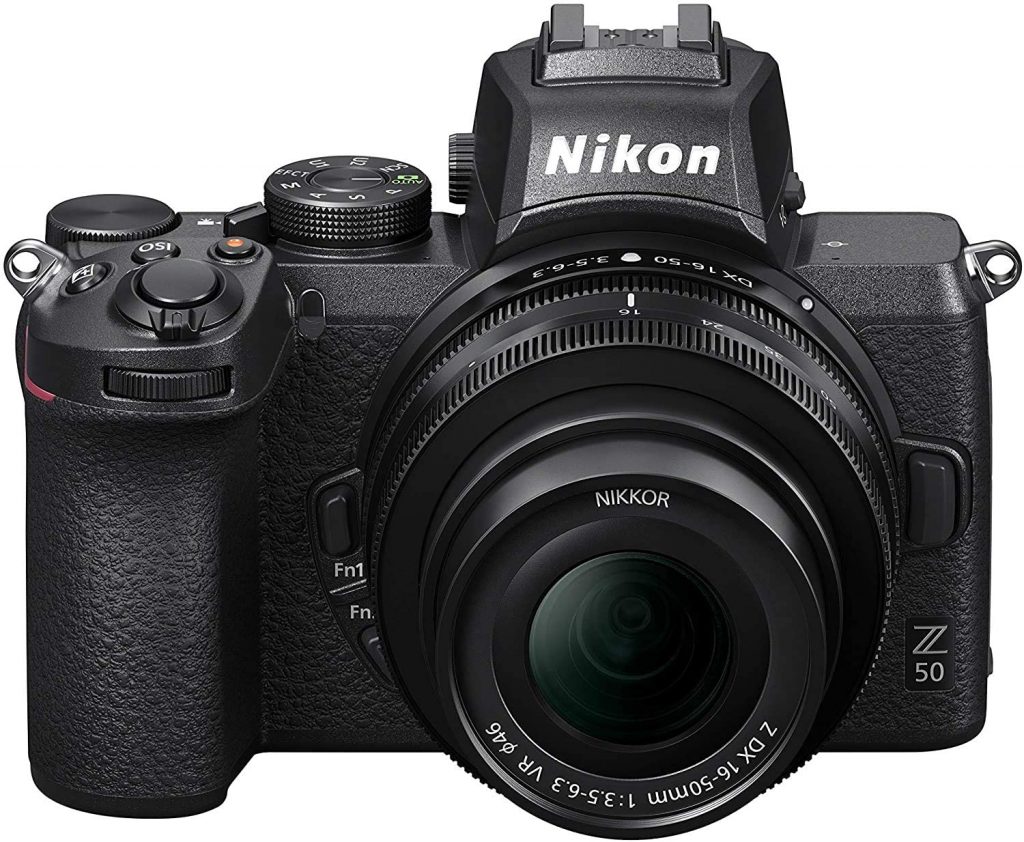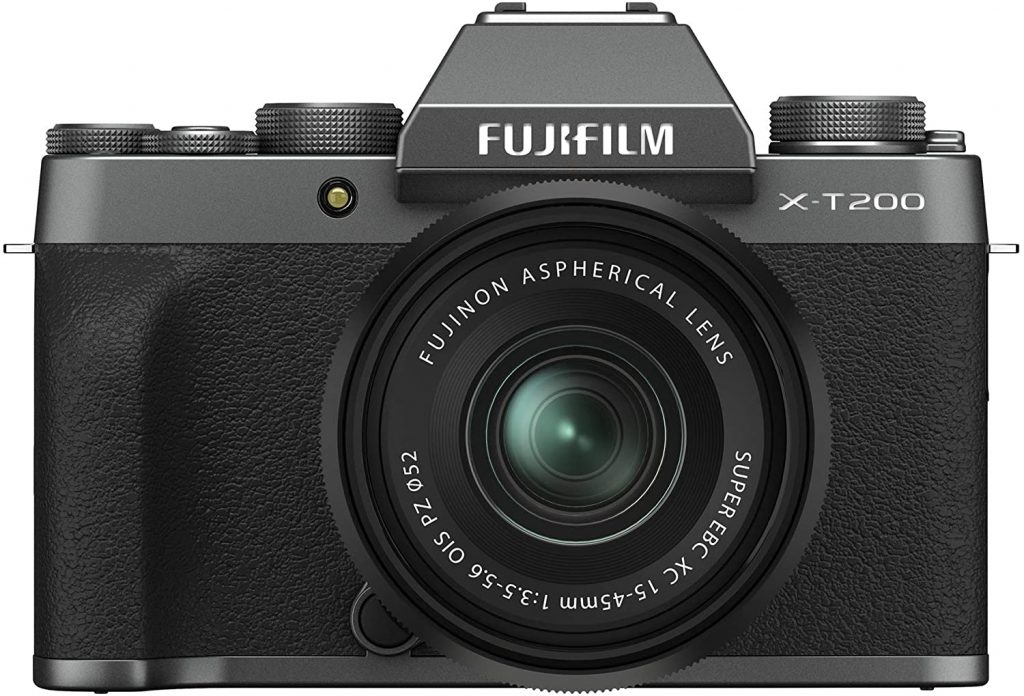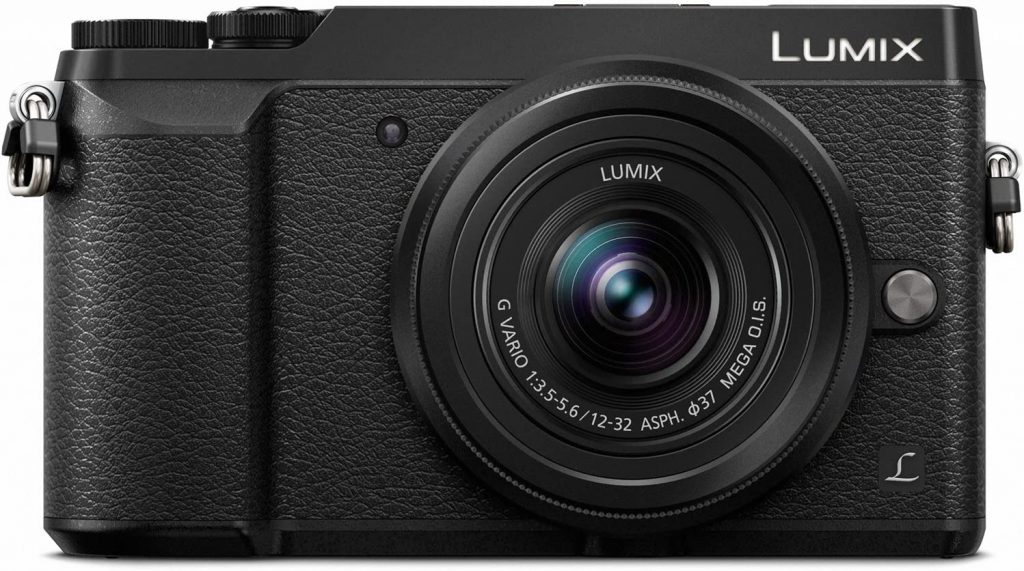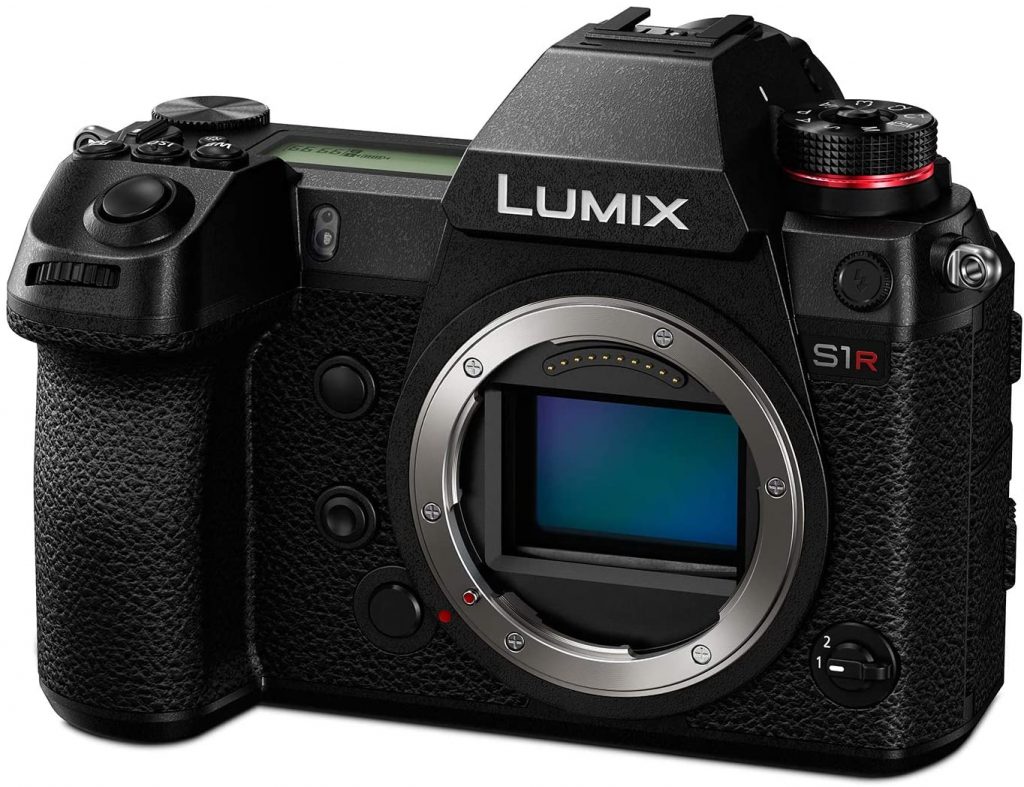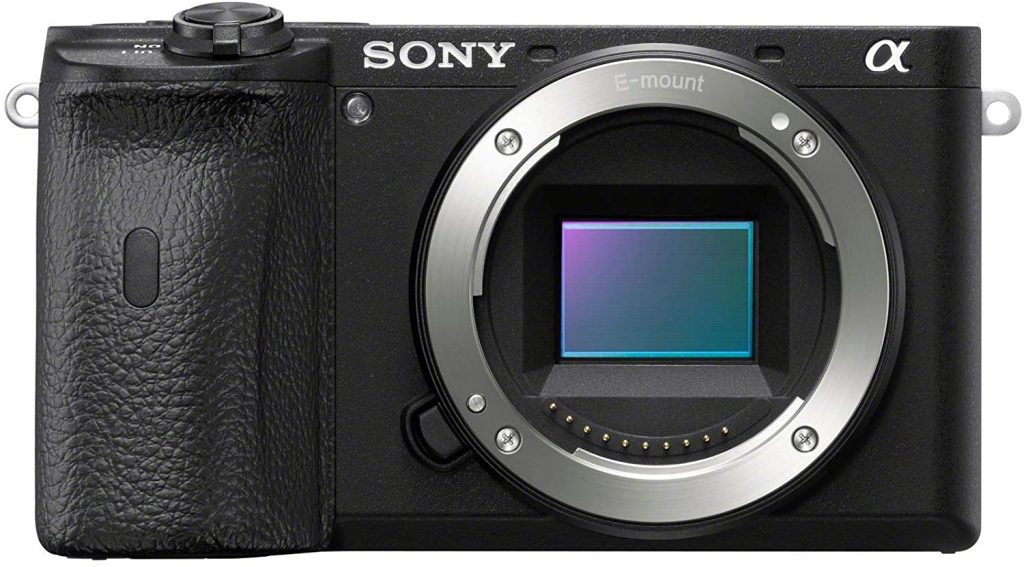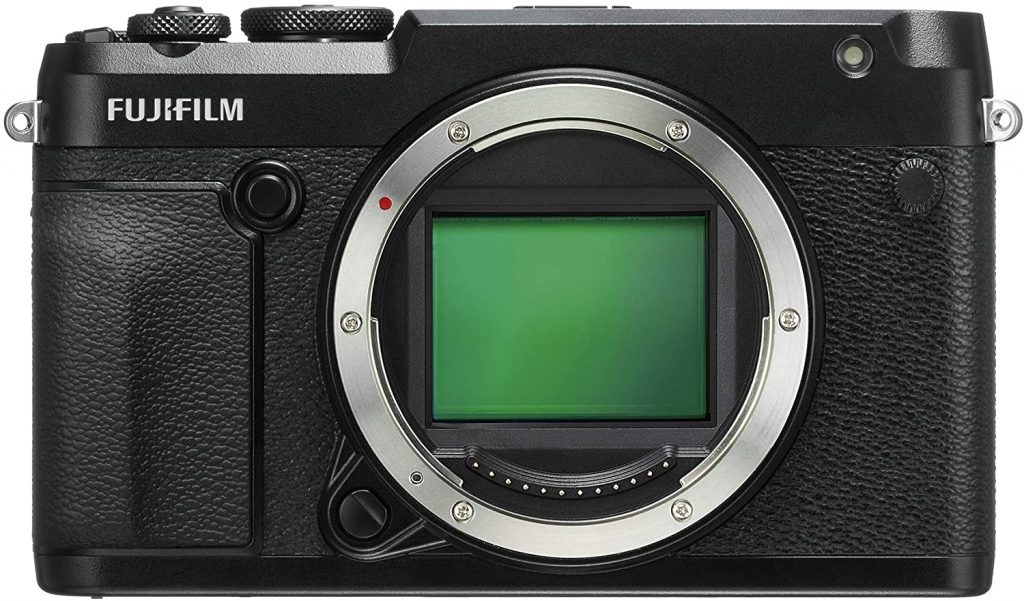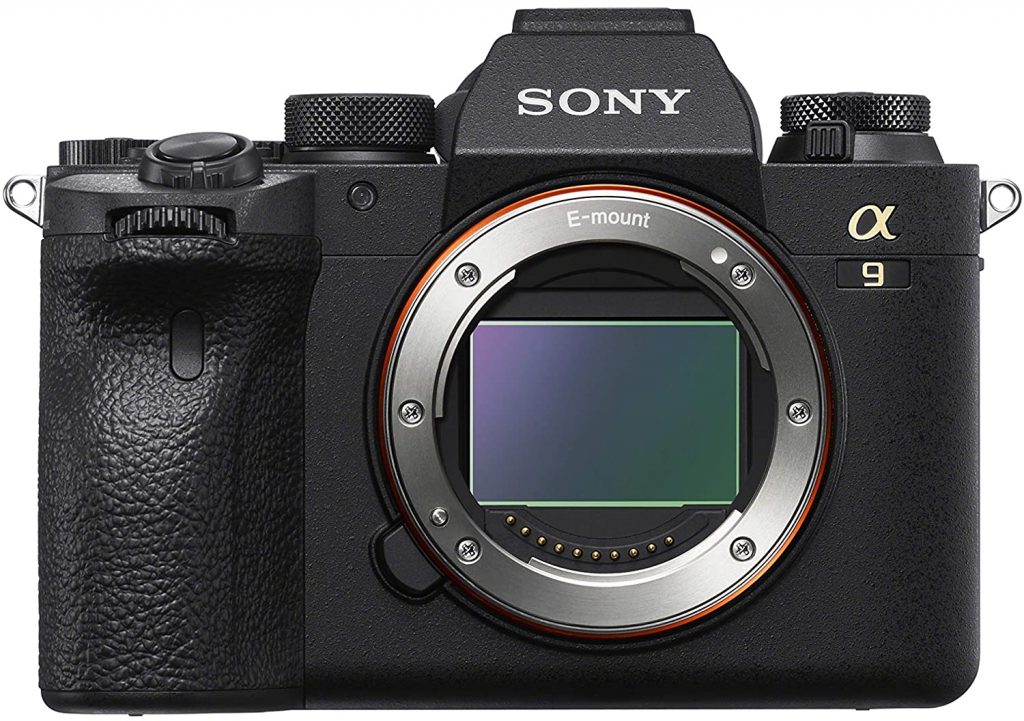Mirrorless cameras are fast taking the place of our trusty DSLRs, but with the abundance of choices on the market, it can be difficult to narrow down on one that best fits your needs. That’s why we’ve helped you do the homework, scouring the market to find you 20 of the best mirrorless cameras you can get to support your photography journey.
Get the Best Mirrorless Cameras That Suits You
Mirrorless cameras come in various sizes and prices, but don’t let that deter you. With our comprehensive list of mirrorless cameras on hand, finding your next photography companion should be a breeze! The a7R III also makes for comfortable photography, owing to its lightweight and compact nature. Furthermore, it’s designed to be easily gripped, making shooting and recording convenient anytime, anywhere. This camera also comes outfitted with 4K video and five-axis image stabilization—perfect for video recording in low-light settings. Even when fitted with adjustable lenses, the Sony a7R III’s autofocus works like a charm. This camera is limited by its weaker battery life at just 350 shots for every full charge. But for the lower price you’re paying, the X-S10 still functions very well if you’re on a budget. With Canon EOS R6, you enjoy an unparalleled performance with R6’s top-quality autofocus feature. This autofocus feature comes with a Dual Pixel CMOS AF II system, delivering superb tracking and subject detection. Canon EOS R6 is also packed with in-built image stabilization, 4K at 60p video recording, and 12fps burst shooting through its mechanical shutter. Similar to the X-T3, the X-T4 also has excellent battery life, vari-angle touchscreen capabilities, and in-body stabilization. The X-T4’s continuous shooting mode also has a better buffer depth. As the X-T4 doesn’t have a headphone socket, you should have an adapter ready for use. With the a7R IV, your beautifully captured images are enhanced by the Pixel Shift Multi Shooting feature. This camera also has a smarter and faster autofocus system, which employs eye-and-face-detect tech to capture shots at a quicker pace. The a7R IV’s exterior is also compact and fitted with a comfortable grip, making it ideal for prolonged shooting and recording under extreme weather conditions. This camera definitely isn’t for beginners, as its integrated top-plate command dial is challenging to access. Another drawback of the a7R IV is its huge RAWs, coming at 125 MB per photo. This sensor is also smaller, in turn making the Mark III extremely lightweight and portable. Additionally, the camera is built with Live Bulb and Live Composite modes, which are very useful tools to help you adjust exposure and capture fast-moving objects respectively. The Mark III also has 4K UHD and C4K video recording capabilities, a remarkable 30fps Pro Capture feature with 14-shot pre-buffering mode, and exceptional 5.5EV in-body stabilization. The Z6 II is also integrated with an all-new EXPEED 6 processor that offers a variety of performance improvements, including state-of-the-art 14fps burst shooting capability. With the Z6 II’s autofocus system, the mirrorless camera has an enhanced animal eye/face detection. Another noteworthy aspect of the Z6 II is the integration of a dual-card system, built with XQD/CFexpress and UHS-II SD card slots—letting you capture more photos and videos without depleting your storage too quickly. In terms of grip and handling, the Z6 II is one of the most comfortable mirrorless cameras on this list. Although every photographer has different hand sizes, the grip is generously spaced and bigger, compared to Fujifilm and Sony’s mirrorless cameras. The DC-S5 is also integrated with an L-mount lens system, adapting a standardized unified lens mount into the mix. The DC-S5’s biggest downside is its autofocus system. Similar to the bigger Lumix S1, the DC-S5 doesn’t have phase detection. This camera also relies on a detection system with a contrast-based format, making it slower and less accurate. The EOS RP boasts 4K video recording capability, a Dual-Pixel CMOS autofocus system, and a 26.2-MP full-frame sensor. Although the native lens selection for R-mount cameras is limited, if you are already experienced in Canon’s ecosystem, you can use their lens mount adapter for their existing EF lenses. The Z5 is built with 273p autofocus, making it very good for capturing both static and mobile objects alike. In terms of aesthetics and comfort, the Z5 features a pleasant control layout and a big, comfortable grip for prolonged shooting. Despite Z5’s 4K UHD video performance and twin card slots, this mirrorless camera has a less impressive 4.5fps burst-shooting mode. However, the Nikon Z5’s five-axis image stabilization, full weather-resistant, and great electronic viewfinder are more than sufficient if this is your first foray into the full-frame mirrorless camera scene. Similar to Fujifilm’s X-T3, the X-T30 has a similar processing engine and 26.1-MP APS-C sensor that makes it appropriate for different types of photography, ranging from static landscape to mobile sports. The X-T30’s stunning photos are also augmented by a phase-detect AF system and Fujifilm’s stunning Film Simulation modes. To that end, however, the Z50 only has a single card slot that supports slower UHS-I cards. This in turn limits your continuous shooting performance. The Z50 also has a limited native lens selection, rendering customizability a significant issue. Although considered a hybrid camera, the Lumix S5 is a great contender for recording videos. Thanks to its V-Log recording, Dual Native ISO, and uncropped 4K/30p features, this mirrorless camera is one of the best equipment for superb videography and cinematography. If you’re an aspiring or professional vlogger, the Lumix S5 can help you with its in-body image stabilization and vari-angle screen integrations. The drawback with Lumix S5 is its 7fps burst-shooting mode, which is not the best option for wildlife and sports photography. To compensate for its drawback, the Lumix S5 boasts a 6K photo mode that is ideal for extracting 18-MP stills from a video recording. Although the Lumix S5’s autofocus can’t compete with Canon and Sony’s newest full-frame mirrorless cameras, it’s definitely a great improvement of earlier models of Panasonic cameras. The Mark IV’s in-body image stabilization helps you capture images at slower shutter speeds, while its 20.3-MP sensor is great for capturing beautiful photos. And if you’ve been using your phone as your primary camera, then you’ll appreciate the Mark IV’s organized button layout, which renders all key photography functions easily accessible to take the best photos. The X-T200 also has an all-new 3.5” vari-angle touchscreen with two times the resolution of standard cameras. Aside from that, the X-T200 has a 1:6 aspect ratio that is perfect for videography. The X-T200 also has a 24-MP sensor, 4K video recording performance, and an electronic viewfinder. Furthermore, the X-T200’s electrically-powered 15-45mm kit lens is extremely compact for an APS-C kit lens. Its kit lens also features a wider angle of view compared to most kit lenses, which is great for big landmarks and interior shots or recordings. The GX85’s tilting screen makes shooting and recording more accessible and convenient even at ground level, while the integrated electronic viewfinder is perfect for use in darker settings or under harsh weather conditions. Developed with Panasonic’s Micro Four Thirds lenses, the Lumix GX85 is a great option for holidays and traveling. With higher resolution comes greater bulk, and the Lumix S1R is definitely one of the heftiest cameras around. This camera’s L-mount lenses are also larger than those used by Sigma, Panasonic, and Leica. If you’re a light traveler who loves capturing photos and videos, the smaller Lumix G9 and GH5 mirrorless cameras are excellent alternatives to the Lumix S1R. With November 2019’s firmware update of Panasonic, the Lumix S1R’s XQD card slot is already compatible with the newest CFexpress memory cards. The a6600 is also integrated with Sony’s innovative autofocus system, detecting human and non-human objects with great precision. Sony a6600’s color output is also one of the best with clearer, crisper, and sharper results regardless if you’re shooting in RAW or JPEG. With 11fps burst-shooting capacity, the Sony a6600 is fairly suitable for sports and wildlife photography. The a6600 also features an in-body image stabilization that helps you record stunning videos. Compared to smaller or full-frame mirrorless cameras, Fujifilm’s 50R is somewhat bulky to carry around. Despite that, you’ll appreciate the quality and depth of the images it produces. The a9 II’s autofocus performance and blistering speed are unparalleled, making it a game-changer for professional photographers. Because of Sony’s a9 and a9 II, many professional photographers are convinced that mirrorless cameras can also compete when it comes to full-frame action cameras.
